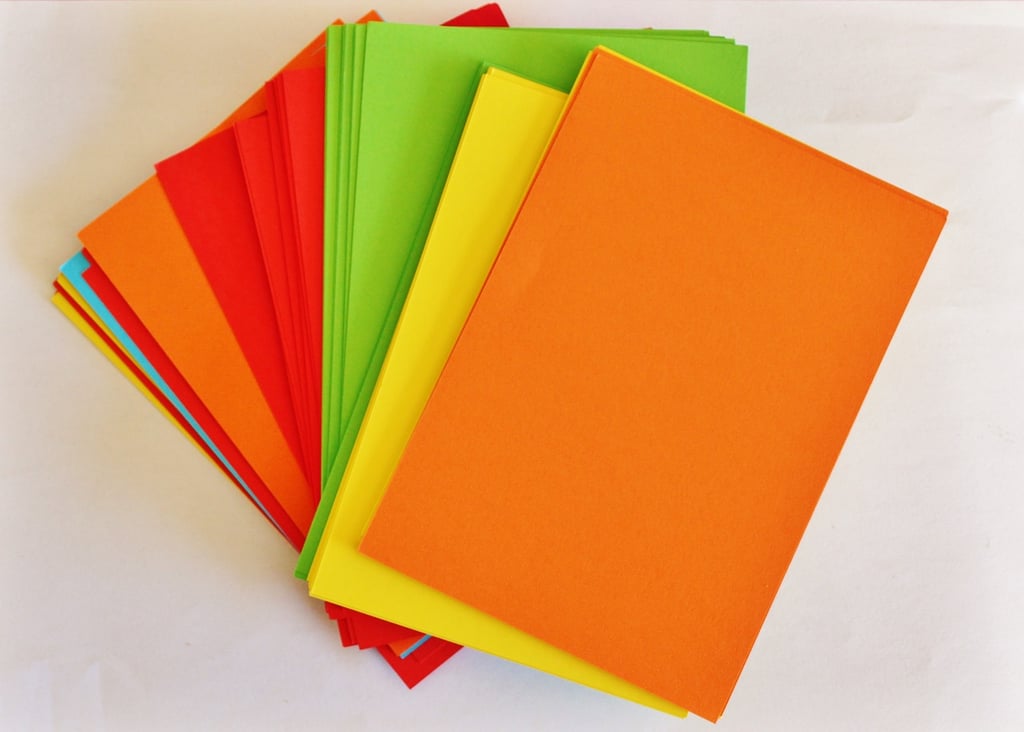When it comes to printing, most people think of using standard printer paper. However, there may be situations where you need to print something on notebook paper. Whether it's for convenience, accessibility, or simply because you ran out of printer paper, the question arises: can you print on notebook paper?

Understanding Notebook Paper
Notebook paper, also known as loose-leaf paper, is a common type of paper used in notebooks or binders. It typically comes in a standard size, such as 8.5 by 11 inches, and is pre-punched with holes, allowing it to be easily inserted and removed from binders. Notebook paper is commonly used by students, professionals, and anyone who needs to take notes, write essays, or keep a record of their thoughts or ideas.
One of the distinguishing features of notebook paper is its ruling, which refers to the horizontal lines that run across the page. This ruling helps to maintain neat and organized writing, ensuring that the text remains aligned and legible. There are different types of rulings available, including wide-ruled, college-ruled, and narrow-ruled, each with varying spacing between the lines.
Another aspect to consider is the weight or thickness of the notebook paper. Standard notebook paper is typically lightweight and may range from 16 to 20 pounds (lbs) in weight. The weight of the paper refers to the weight of a ream, which is a measure of paper quantity. Generally, the higher the weight, the thicker and more durable the paper will be.
- Standard size: 8.5 by 11 inches
- Ruling options: wide-ruled, college-ruled, narrow-ruled
- Weight: 16 to 20 lbs
Before attempting to print on notebook paper, it is essential to understand its characteristics and considerations. Unlike printer paper, notebook paper may not be specifically designed for printing purposes, and its properties can vary depending on the brand and quality. Therefore, it is important to assess the compatibility of notebook paper with your printer and adjust the printing settings accordingly to achieve the desired results.

Types of Notebook Paper
When it comes to notebook paper, there are a few different types that you may come across. Each type has its own characteristics and features that can impact the printing process and final result. Understanding the different types of notebook paper can help you make informed decisions when printing on it.
- Wide Ruled Notebook Paper: Wide ruled notebook paper features wider lines with more space between them, making it ideal for individuals with larger handwriting or those who prefer writing with larger letters. This type of notebook paper typically has three horizontal lines per inch.
- College Ruled Notebook Paper: College ruled notebook paper has narrower lines with less space between them, providing more writing space on a single page. It is commonly used by students and professionals for note-taking and writing. College ruled notebook paper usually has around six to eight horizontal lines per inch.
- Graph Paper: Graph paper consists of a grid of small squares, making it convenient for graphing, drawing diagrams, or creating designs. It is often used in mathematical, scientific, or engineering applications. The individual squares on graph paper are typically measured in millimeters or fractions of an inch.
- Dotted Notebook Paper: Dotted notebook paper features small dots arranged in a grid pattern. It is becoming increasingly popular for bullet journaling, as the dots provide subtle guidance for drawing lines or shapes without overpowering the page. The spacing between the dots can vary, with common options being 5mm or 0.5cm apart.
Each type of notebook paper has its own advantages and uses. When considering printing on notebook paper, it is important to take into account the ruling or grid pattern and how it may affect the overall appearance of the printed document. Some types, such as wide ruled or college ruled notebook paper, may be more suitable for printing text-based documents, while graph paper or dotted notebook paper may not yield optimal results for the same purpose.
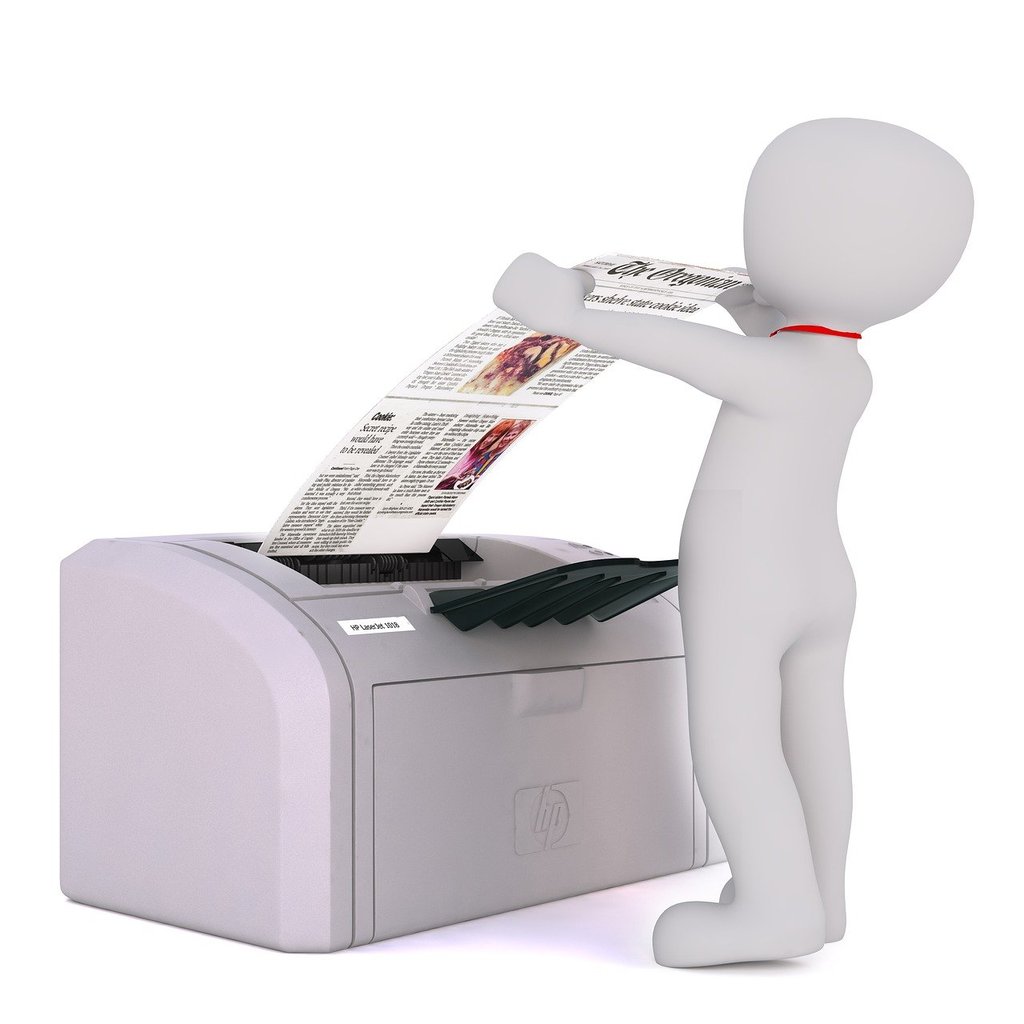
Compatibility of Notebook Paper with Printers
When considering whether notebook paper is compatible with printers, it's important to understand that not all notebook papers are created equal. The compatibility can vary depending on the type, thickness, and texture of the paper. While some printers may handle certain types of notebook paper without any issues, others may struggle to feed it through or produce undesirable results.
One factor that determines compatibility is the weight or thickness of the paper. Most printers are designed to handle standard copy paper, which typically ranges from 20 to 24 pounds. Notebook paper, on the other hand, can vary in weight and thickness. Thicker notebook paper may be more difficult for printers to feed through, leading to paper jams or misaligned prints. It's important to check the printer's specifications to determine the maximum weight and thickness it can handle.
The texture of notebook paper can also impact compatibility with printers. Some notebook papers have a smooth finish that allows ink to adhere well, while others may have a rougher texture that could cause ink smudging or uneven prints. If you're planning to print on notebook paper, it's advisable to choose papers with a smoother texture to achieve better printing results.
Furthermore, certain types of notebook paper, such as those with perforated edges or pre-punched holes, may not align properly with the printer's paper feed system. This can result in misaligned prints or the printer not recognizing the paper at all. It's important to consider the specific features and design of the notebook paper before attempting to print on it.
In some cases, you may need to adjust the printer settings to achieve optimal compatibility with notebook paper. For example, selecting a different paper type in the print settings menu can help the printer adjust its feeding mechanism and print quality accordingly. It's worth experimenting with different settings to find the best option for printing on notebook paper.
- Check your printer's specifications for compatibility with different paper weights and thicknesses.
- Choose notebook papers with a smooth texture for better printing results.
- Consider the specific features of the notebook paper, such as perforated edges or pre-punched holes, that may affect compatibility.
- Adjust printer settings, such as paper type, to optimize compatibility and print quality.
By taking these factors into account and making the necessary adjustments, you can increase the compatibility between your printer and notebook paper. However, it's important to note that not all printers may be suitable for printing on notebook paper, and the results may vary. It's always a good idea to test and experiment with a small quantity of notebook paper before committing to larger print jobs to ensure desired outcomes.
Considerations Before Printing on Notebook Paper
Before rushing to print on notebook paper, there are a few important considerations to keep in mind. While it is possible to print on notebook paper, there are certain factors that can affect the quality and durability of the printout.
- Paper Quality: Notebook paper comes in various quality grades, ranging from flimsy to heavyweight. To achieve better print results, it is advisable to use notebook paper with a higher quality grade. Look for paper that is smooth and has a higher GSM (grams per square meter) value, as this will ensure better ink absorption and minimize bleeding or smudging.
- Size and Format: Notebooks usually come in standard sizes, such as letter or A4. Ensure that your printer can accommodate the size of the notebook paper you intend to use. Additionally, consider the format of the notebook paper, whether it is lined, graphed, or blank, as this may affect the readability and overall appearance of the printed document.
- Printer Compatibility: Not all printers are designed to handle unconventional paper types. Check your printer's specifications or user manual to determine if it can handle notebook paper. Some printers have manual feed options or settings specifically for thicker or non-standard paper types. Experimentation may be necessary to find the right settings for your printer and notebook paper combination.
Moreover, it is important to be aware of the limitations of printing on notebook paper. The porous nature of notebook paper, compared to standard printer paper, can result in less sharp and vibrant prints. The texture of the paper may also affect the overall appearance of the printout. Therefore, it is recommended to use notebook paper for personal or non-professional use, such as printing drafts, notes, or internal documents.
Furthermore, consider the purpose and longevity of the printed material. If you are printing something that needs to be preserved or archived for a long time, it is advisable to use standard printer paper instead. Notebook paper is typically not acid-free or archival quality, which means that over time it may yellow, degrade, or become brittle.
Finally, keep in mind the cost-effectiveness of printing on notebook paper. While it may seem like a convenient solution, the ink usage for printing on notebook paper may be higher than printing on standard printer paper. Inkjet printers, in particular, may require more ink due to the paper's porous nature. Take into account the cost of ink cartridges and the potential need for more frequent replacements.
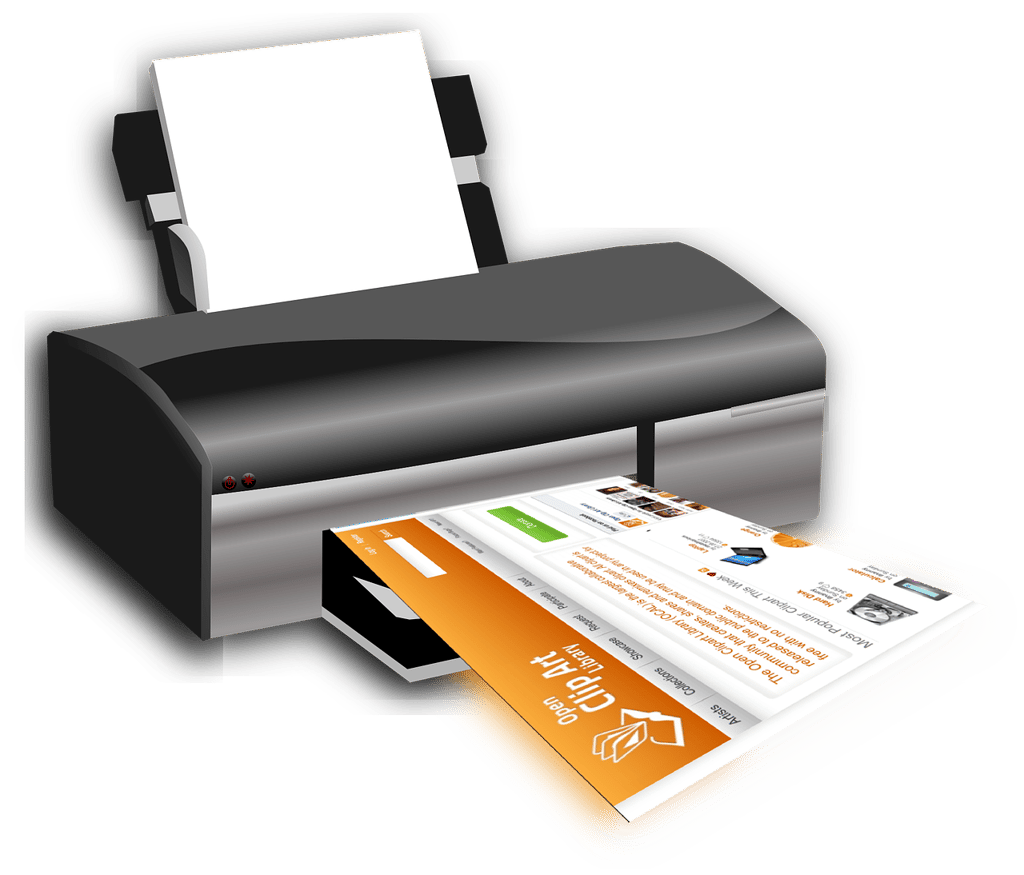
Printing Techniques for Notebook Paper
When printing on notebook paper, there are several techniques that can help you achieve better results. While notebook paper is typically thinner and less absorbent than standard printer paper, with the right approach, you can still produce legible and presentable prints.
Here are some printing techniques to consider when using notebook paper:
- 1. Use a high-quality printer: Investing in a good printer can make a noticeable difference in the print quality on notebook paper. Look for a printer that offers adjustable settings and has the capability to handle different paper types.
- 2. Adjust printer settings: Before printing, make sure to select the appropriate paper type in your printer settings. This will ensure that the printer uses the correct amount of ink and optimizes the print settings for notebook paper.
- 3. Opt for a lower print quality: Since notebook paper is not designed for high-resolution printing, choosing a lower print quality setting can help prevent ink from bleeding or smudging. Experiment with different settings to find the balance between legibility and ink usage.
- 4. Consider a lighter font: To enhance the readability of your prints on notebook paper, select a font that is not too bold or heavy. Lighter fonts tend to appear clearer and crisper on thinner paper.
- 5. Print in grayscale: If possible, opt for printing in grayscale instead of color. Color printing on notebook paper may result in more visible ink absorption and potential smudging.
- 6. Allow ample drying time: Notebook paper may require a longer drying time compared to standard printer paper. Once printed, give the paper enough time to dry completely before touching it or placing it in a folder or binder.
By following these printing techniques, you can increase the chances of obtaining satisfactory prints on notebook paper. However, it's important to note that the print quality may still not match that of standard printer paper. Therefore, it is recommended to use notebook paper for temporary or emergency printing purposes only.
Testing and Adjusting Printer Settings for Notebook Paper
When printing on notebook paper, it is essential to test and adjust your printer settings to ensure optimal results. Notebook paper typically has a different texture and thickness compared to standard printer paper, which may require specific adjustments to achieve the desired print quality.
Here are some steps to follow when testing and adjusting printer settings for notebook paper:
- 1. Load a few sheets of notebook paper into the printer tray. It is advisable to test with a small batch first before printing a larger document.
- 2. Check the paper settings on your printer software. Most printers have options to select different paper types, such as plain paper, glossy paper, or photo paper. Choose the most appropriate option based on the characteristics of the notebook paper.
- 3. Adjust the print density or quality settings. Notebook paper may absorb ink differently compared to standard paper, so you might need to increase the density or quality settings slightly to ensure a clear and legible print.
- 4. Conduct a test print. Before printing your final document, it is crucial to perform a test print to assess the output quality and make any necessary adjustments.
During the test print, pay attention to the following aspects:
- 1. Text legibility: Check if the text appears sharp and well-defined. If the ink tends to bleed or smudge on the notebook paper, consider adjusting the print quality settings or using a different paper type.
- 2. Color reproduction: If you are printing in color, assess if the colors appear vibrant and accurate. Notebook paper may affect color reproduction, so you might need to adjust the color settings or choose a different paper type if necessary.
- 3. Paper feed and jams: Take note of how well the printer handles notebook paper during the printing process. Ensure that the paper feeds smoothly and there are no paper jams. If you encounter any issues, check the printer's manual or contact the manufacturer for guidance.
Based on the test print results, make any necessary adjustments to the printer settings and repeat the process until you achieve satisfactory prints. Be patient and willing to experiment with different settings and paper types to find the best combination for printing on notebook paper.
Remember that not all printers are designed to handle thicker or textured papers, so it is essential to consult your printer's manual or manufacturer's website for specific recommendations. Additionally, using high-quality notebook paper can also have an impact on the print results, so consider investing in notebooks with smoother and thicker paper if you plan to print on them frequently.
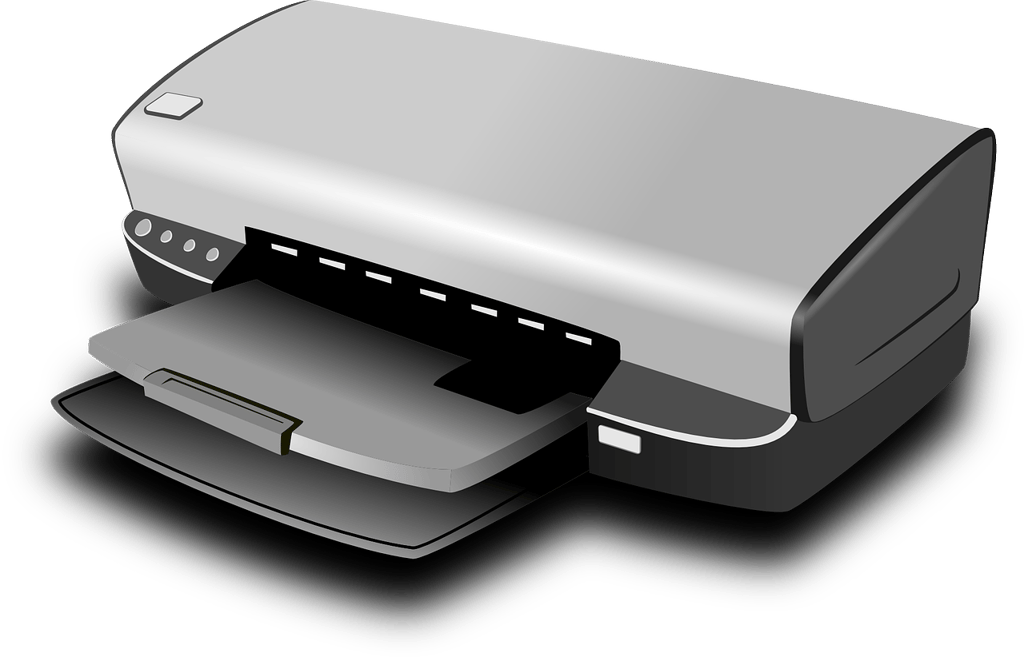
Tips for Cleaner and Crisp Prints on Notebook Paper
When printing on notebook paper, there are several tips and techniques you can follow to achieve cleaner and crisper prints. While the quality may not match that of standard printer paper, these tips can help enhance the overall appearance of your prints.
- Use high-quality notebook paper: Not all notebook paper is created equal. Look for notebooks with thicker paper and a smoother texture. This will provide a better surface for printing and reduce the chances of ink bleeding or smudging.
- Avoid lined paper: Lined paper can interfere with the clarity of your prints. Opt for blank or grid notebook paper instead, which allows for a cleaner print.
- Adjust printer settings: The default settings on your printer may not be ideal for printing on notebook paper. Experiment with different settings such as reducing the print density or selecting a higher print quality option. This can help improve the sharpness of the text and graphics.
- Consider using a laser printer: Laser printers tend to produce more precise and crisp prints compared to inkjet printers. If you have access to a laser printer, it may be a better option for printing on notebook paper.
- Ensure proper paper alignment: Improper alignment of the paper can result in skewed prints or smudged ink. Make sure the notebook paper is loaded correctly and aligned with the paper tray guides to ensure accurate printing.
- Allow ample drying time: Notebook paper is typically more absorbent than printer paper, so it may take longer for the ink to dry. Allow sufficient drying time before handling or stacking the printed pages to prevent smudging.
By following these tips, you can enhance the quality of your prints on notebook paper. However, it is important to remember that the results may still differ from standard printer paper, and it is recommended to use notebook paper for occasional or emergency printing only.
Alternatives to Printing on Notebook Paper
While printing directly on notebook paper may be an option in some cases, there are also alternative methods you can consider if you need to print documents without access to standard printer paper. These alternatives can help you achieve better print quality and ensure that your documents are legible and professional-looking.
- Use printer-friendly binder paper: Instead of printing directly on notebook paper, you can opt for printer-friendly binder paper. This type of paper is similar to notebook paper but is specifically designed for printing purposes.
- Transfer your document to a digital format: If you have access to a scanner or a smartphone with scanning capabilities, you can convert your document to a digital format. Once digitized, you can easily print it on a regular printer paper or share it electronically.
- Email or cloud storage: Instead of printing your document, consider emailing it or storing it in a cloud storage service. This way, you can access it from any device and even share it with others without the need for printing.
- Print at a copy center or professional printing service: If you require high-quality prints or need a large number of copies, consider taking your document to a copy center or a professional printing service. They have a wide range of paper options to choose from and can ensure excellent print quality.
- Reuse unwanted paper: If you have a pile of unwanted or unused paper, such as outdated letters, brochures, or single-sided printouts, you can reuse them by printing on the blank side. This not only reduces waste but also saves money on purchasing new paper.
Remember, while these alternatives can be useful in certain situations, it's always a good idea to keep a stock of standard printer paper for optimal printing results. Notebook paper and other alternatives may not provide the same level of print quality, and they should be used sparingly or in emergencies only.
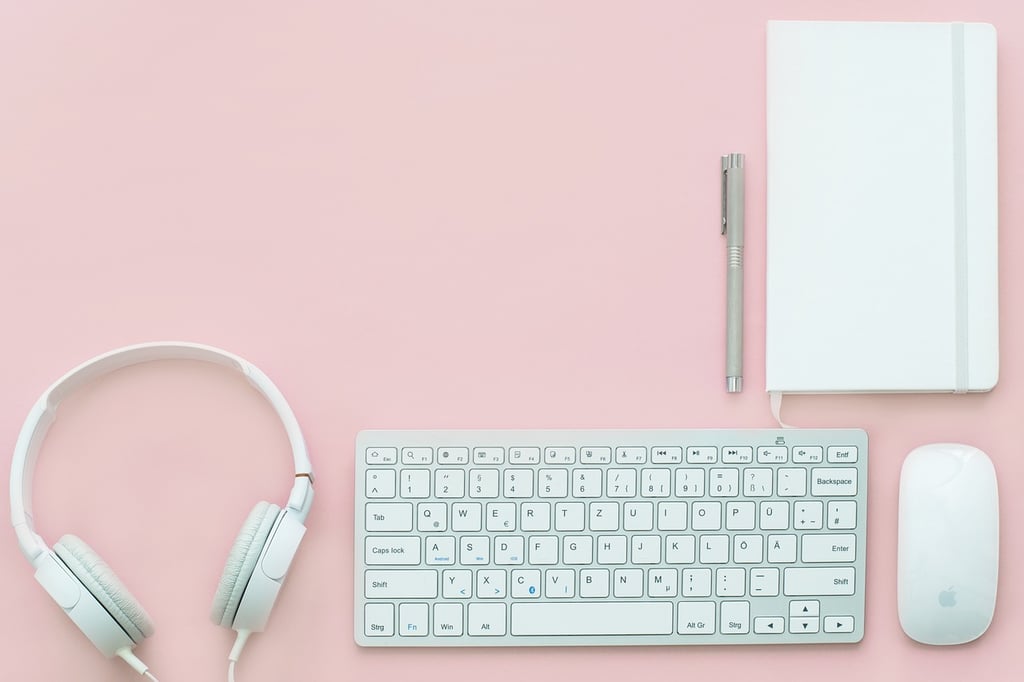
In conclusion, while it is possible to print on notebook paper, it is important to consider the type of notebook paper, the compatibility with your printer, and the adjustments required to achieve the best results. Printing on notebook paper may not always provide the same level of quality as standard printer paper, but with some experimentation and proper techniques, you can still obtain satisfactory prints. However, it is recommended to use notebook paper only for occasional or emergency printing, and to have a supply of standard printer paper for optimal printing results.


